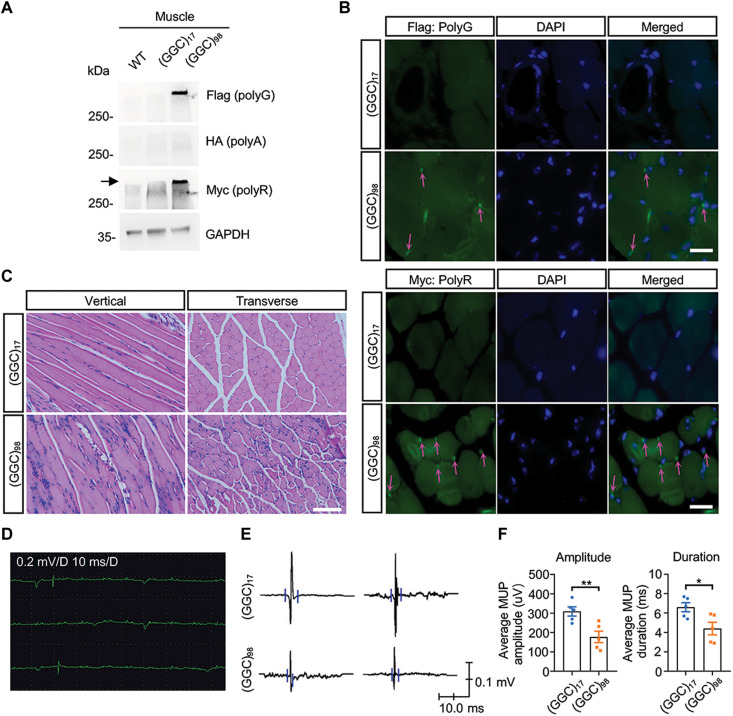Fig. 4. Expression of NOTCH2NLC-(GGC)98 causes muscle degeneration in mice.
(A) Western blotting against polyG (Flag), polyA (HA), and polyR (Myc) in the gastrocnemius muscle from WT, NOTCH2NLC-(GGC)17, and NOTCH2NLC-(GGC)98 mice. (B) Immunofluorescent staining against Flag (polyG) and Myc (polyR) in the gastrocnemius muscle of NOTCH2NLC-(GGC)17 and NOTCH2NLC-(GGC)98 mice at P50. Magenta arrows indicate the perinuclear inclusions. Scale bar, 20 μm. (C) Representative images of gastrocnemius muscle sections from NOTCH2NLC-(GGC)17 and NOTCH2NLC-(GGC)98 mice at P50 using hematoxylin and eosin staining. Scale bar, 100 μm. (D to F) EMG recording for gastrocnemius muscle from NOTCH2NLC-(GGC)17 and NOTCH2NLC-(GGC)98 at P50. Spontaneous activity (fibrillation potentials and positive sharp waves) of the gastrocnemius muscle was observed in NOTCH2NLC-(GGC)98 mice (D). Representative images of motor unit potential (MUP) (E) and quantification of average amplitude and duration of MUP (F) in NOTCH2NLC-(GGC)17 and NOTCH2NLC-(GGC)98 mice. Data are presented as means ± SEM. N = 5 mice per group, **P = 0.0086 and *P = 0.0246.

